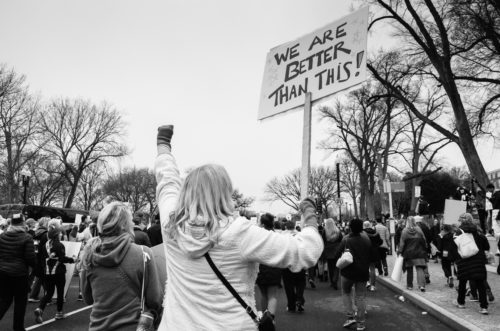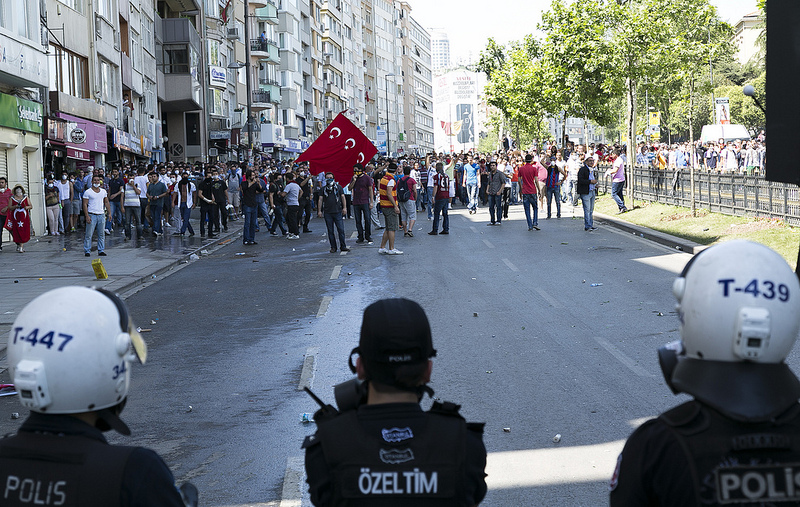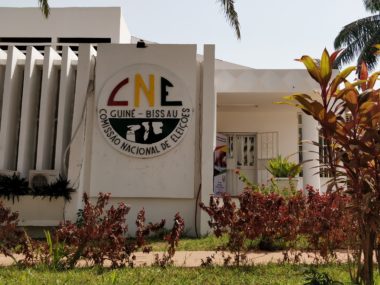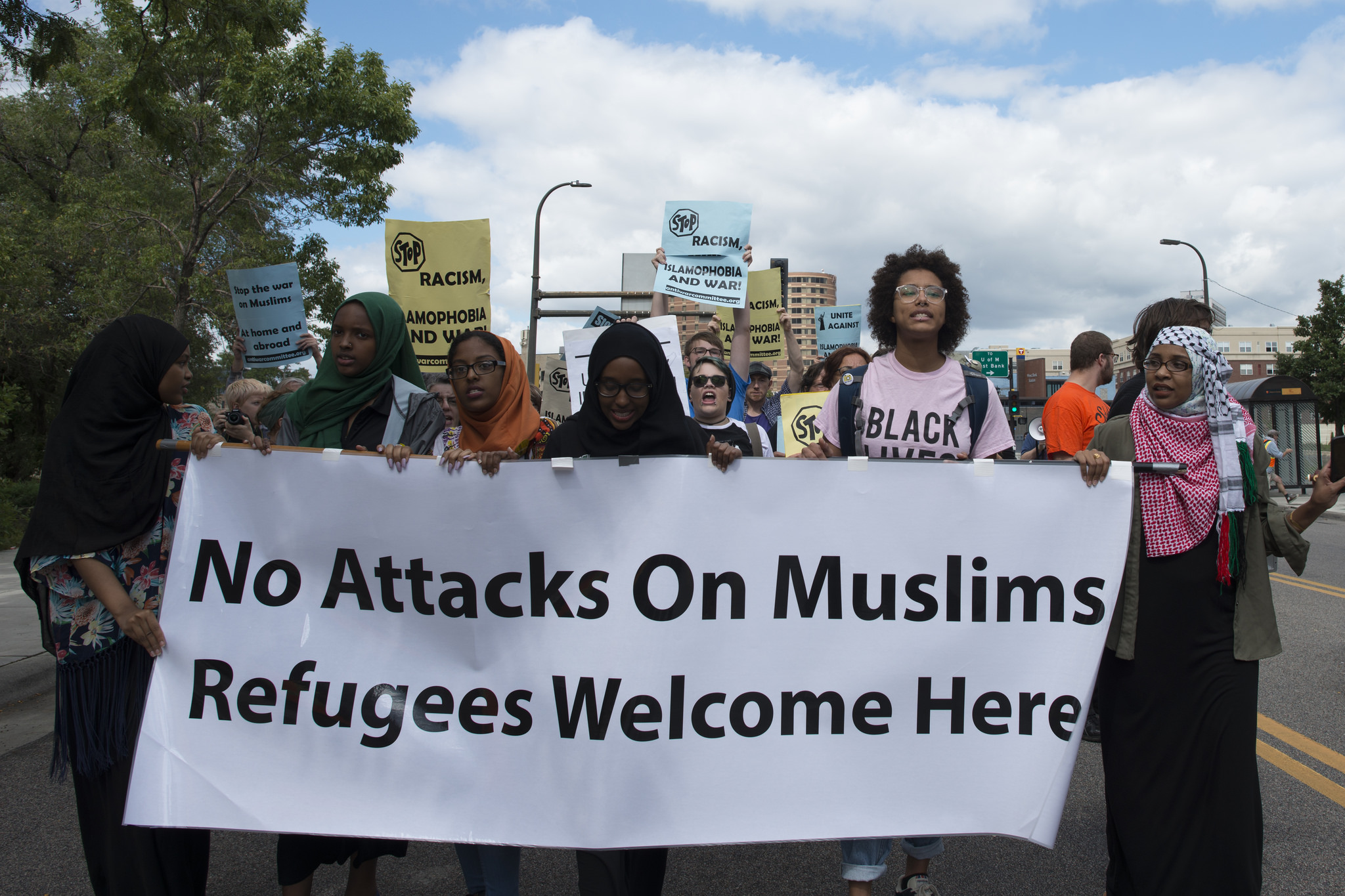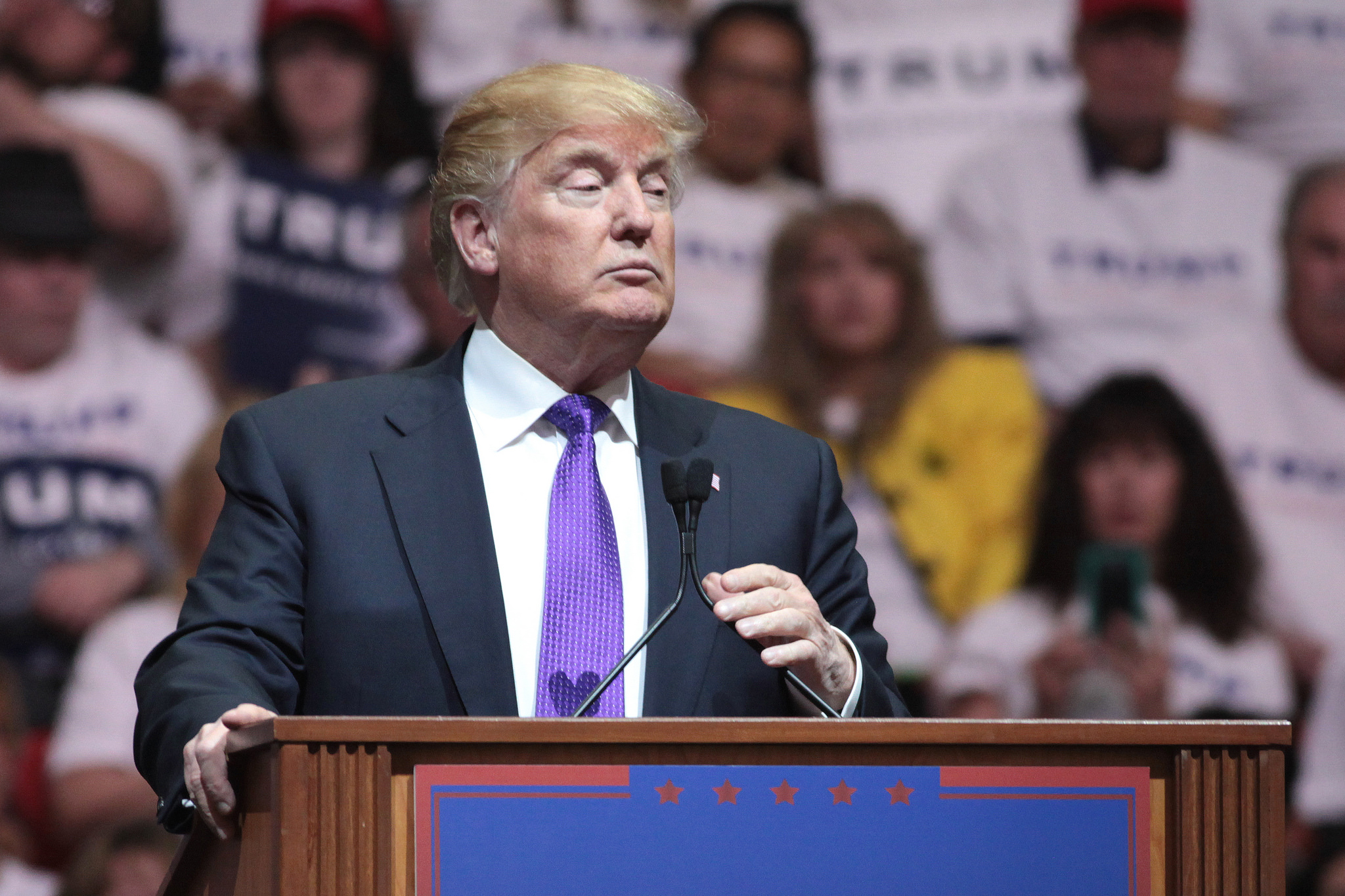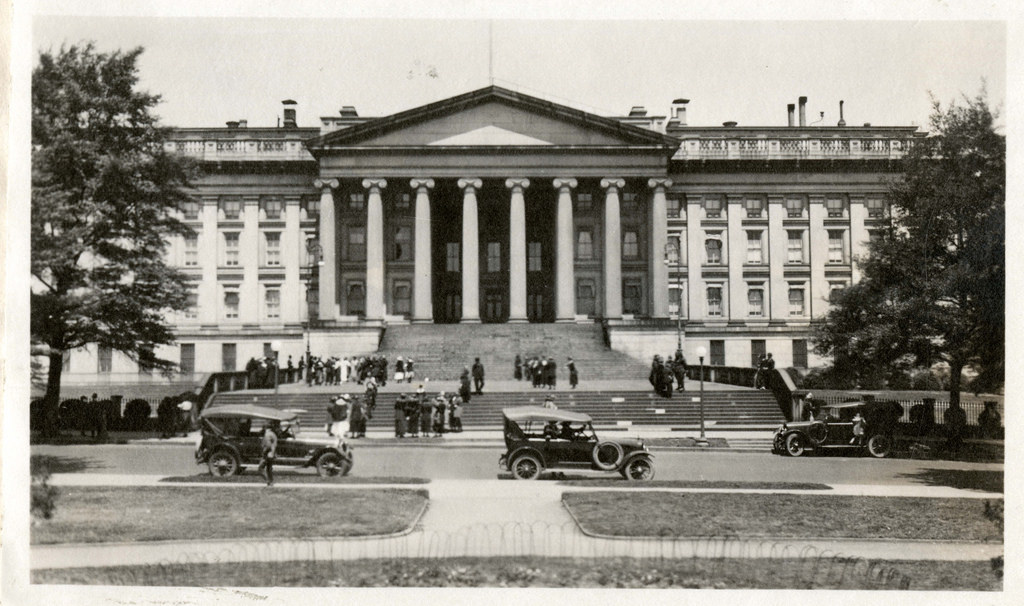Where are we likely to see major nonviolent resistance movements in 2018? The question is difficult to answer because major nonviolent resistance campaigns Just ask analysts of Middle Eastern politics in the years prior to 2011, or the regimes of Eastern Europe in the days leading up to the revolutions of 1989. They do not have similar preconditions to civil wars, and even complex models incorporating the best of multiple theoretical approaches have limited predictive power. Scholars of civil resistance tend to point to this fact as evidence for the importance of agency in nonviolent action, and the ability of nonviolent resistance to achieve major political transformation even in highly unfavorable conditions, while others point to the crucial role played by hidden preferences that are only revealed when the revolution has already begun. In many cases, what is more important than the external conditions themselves is how activists perceive and frame conditions, as scholars have argued was the case in Iran in the lead-up to the 1979 revolution and partially for the civil right movement in the United States.
Nevertheless, a growing body of literature (while remaining humble about our predictive capacity as scholars) is gradually generating a growing list of statistically significant predictors of the onset of major nonviolent resistance campaigns. A large manufacturing sector is one consistent predictor. High levels of globalization are another. And demonstration effects from nearby regions as well as recent history of protest may also play an important role.
This combination of predictors, as well as application of the theory of nonviolent action, informs the list of conflicts below. Some have seen sustained nonviolent resistance in the recent past, while for others resistance remains almost purely nascent. Yet for all of them it is highly likely that nonviolent resistance of one kind or another will play a major political role in 2018.
- Venezuela
The latest stage in the ongoing clash between the regime in Caracas and the country’s opposition came around the end of December, as the Maduro regime failed to deliver on its promises to get poor people in Venezuela pork for Christmas, an important holiday tradition there.
While the opposition has been engaged in resistance to the Maduro regime for several years and made several strategic victories, overcoming the enduring popular appeal of Chavismo, particularly among lower socio-economic classes, has been difficult. While President Maduro has claimed that the pork shortage is due to nefarious meddling by outside powers, there are some indications that government failure to follow through on this basic and yet deeply emotionally resonant promise may be shaking the faith of some Chavistas in the ability of the Maduro Regime to deliver. If this core pillar of support for President Maduro continues to crumble, we could see major changes in Venezuela soon.
- Iran
Protests erupted in the city of Mashhad in late December, and have since spread to dozens of cities around the country. In contrast to the last major outpouring of popular protest in Iran, the Green Revolution, the current wave of actions has been led by lower socioeconomic classes. Moreover, it hThe protests have been noticeably leaderless, with reformist politicians keeping their distance and calling for reforms within the current Iranian legal framework.
While geographically widespread, the protests remain relatively small, particularly in comparison to the 2009 Green Revolution. Over the coming weeks and months there are several crucial aspects of the protests to watch. How do protesters respond to repression? Research has found that leaderless protest movements have difficulty maximizing popular backlash to repression. Without institutional structures in place supporting the movement violent repression by the state may lead to the movement’s dissolution. Will the movement maintain its nonviolent discipline?
- Honduras
In the latest chapter of a political saga beginning with the country’s military coup in 2009 Honduras’s incumbent President Juan Orlando Hernandez claimed victory in the country’s November 2017 election. The election was close, with Hernandez claiming a margin of victory around 1.5%, around 50,000 votes. And, most suspiciously, during the counting of votes the server at the country’s electoral commission mysteriously went down for several hours. When they left, opposition candidate Salvador Nasralla had over a 5% lead. When they came back, Hernandez was in the lead. The OAS has said the government’s official election count contains “extreme statistical improbabilities” and called for a recount.
The opposition has taken to the streets to demand Hernandez’s ouster, with post-election protests last month that lead to several deaths and new protests just this past weekend. While blatantly fraudulent elections have often served as an important mobilizing point it remains to be seen if people beyond core opposition supporters will join protests against the election, or if tactics will escalate from street demonstrations to more direct forms of non-cooperation or nonviolent intervention such as strikes or sit-ins.
- Kenya
After a lengthy back and forth drama over the 2017 presidential elections, incumbent President Uhuru Kenyatta was re-elected by a narrow margin in November. Opposition leader Raila Odinga and his opposition National Super Alliance (NASA) have claimed that the election was stolen and organized sporadic actions over the course of the following months. While there have been prominent incidents of electoral violence, Odinga and NASA have largely claimed the mantle of nonviolent resistance. As 2018 began, NASA announced an extended nationwide campaign drawing on a wide variety of nonviolent tactics, from public demonstrations to withdrawal of cooperation from the state to the creation of alternative institutions. Most prominently, Odinga has said that he will be sworn in as the “People’s President” on January 30th.
However, they tend to be quite tightly controlled by political elites who are open to some form of power-sharing negotiation. The thing to watch in the Kenyan conflict will be if NASA is able to use its tactics to force President Kenyatta to negotiate with them. If such negotiations can resolve in some form of power-sharing arrangement then the movement is likely to not escalate to very high levels of resistance.
- The United States
2017 saw possibly the largest popular protest in US history, with three to five million Americans participating in the January 21st Women’s Marches. The initial attempt by the Trump Administration to ban entry into the country from residents of six predominately Muslim countries led to a wave of protests at airports. Courageous sit-ins and nonviolent occupations by activists such as the disability rights group ADAPT helped derail attempts by the Republican-majority congress to follow through on its long-time pledge to repeal the Affordable Care Act. And electorally-based activism primarily by the NAACP and other organizations led by African-Americans helped elect the first Democratic Senator from the state of Alabama in more than 20 years.
Thus the lesson of 2017 may very well be that “resistance works.” The thing to watch in 2018 is if the stop-gap measures of “The Resistance” thus far can be translated into long-term political gains. The example of the 2010 Tea Party movement suggests that such gains may be quite likely: public protest in the United States has political and electoral effects far beyond its function as a signal of underlying political preference, and these effects are particularly pronounced when the protests are nonviolent, as the overwhelming majority of Resistance actions in 2017 have been. However, the movement faces significant institutional barriers in overcoming Republican control of state legislatures, governorships, and both houses of Congress. Therefore, the long-term impact of the resistance remains an open question.
It may be something of a fool’s errand to try and predict when and where the people power movements of 2018 are likely to emerge, and which nascent movements are likely to grow and succeed. If there is one thing to be sure of it is that some of these predictions will be wrong and many more will be missing. Yet no matter the outcome, all of these movements are likely to significantly shape their countries in the coming year and thus we should pay them careful attention.

